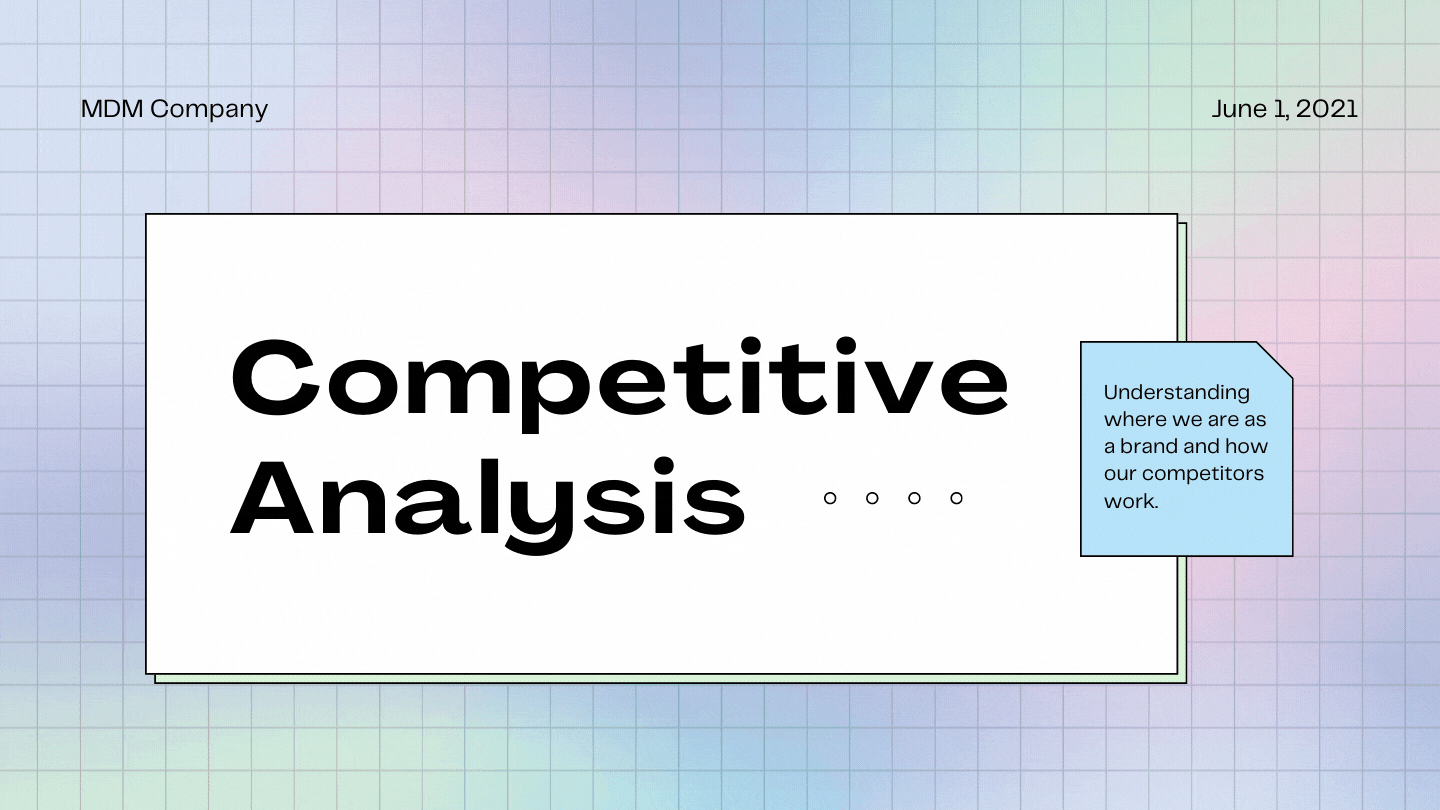Engage
Working with a group of other students, we took on a concept to create a culturally relevant educational solution for k-12 students. Our client was looking for recommendations on how best to create and market this idea.
Timeline: 3 months (Sept. - Nov. 2021)
Client: K-12 community teacher
Role: User Experience Researcher/Designer
Problem
With the rise of COVID-19, it became apparent that K-12 students had a gap in their learning and was negatively impacting their learning journey. Our client, a local K-12 teacher and administration, noticed this gap was much wider in minority student and has been a gap since before COIVD-19. How can we engage K-12 students to ensure they are on a clear path for their studies but also also keeping it relevant?
Competitive Analysis
We next completed a competitive analysis of other educational solutions that are currently available to compare what is available and succeeding and what our client wanted to create.

Interviews
We next interviewed implied users and those with more information on how our solution may be used and how our users learn and interact with their current solutions. We interviewed middle schoolers, teachers, and school administrators. After conducting these interviews, we created an affinity wall in Miro to find common themes to influence our work further.

User Flow / Personas
Taking our interviews and background information we created two personas and a user flow diagram to inform our user journey. From these we were able to start sketching our solution.

.png)
Design
Informed by our research, user flow, and personas we created a number of sketches to think through our ideas. From these sketches we picked certain aspects from each to create our prototypes.

.png)
Gathering feedback from our client and researching K-12 applications, we created a mid-fidelity prototype to be given to middle school users for user testing.

Using out second iteration of our prototype, we conducted user testing with middle school students. We asked students to complete a number of tasks including creating a new profile, going back to a previously opened lesson, and to start a new lesson.
We used this information to create our next (final) iteration which was presented to our client to then help her apply for funding.


